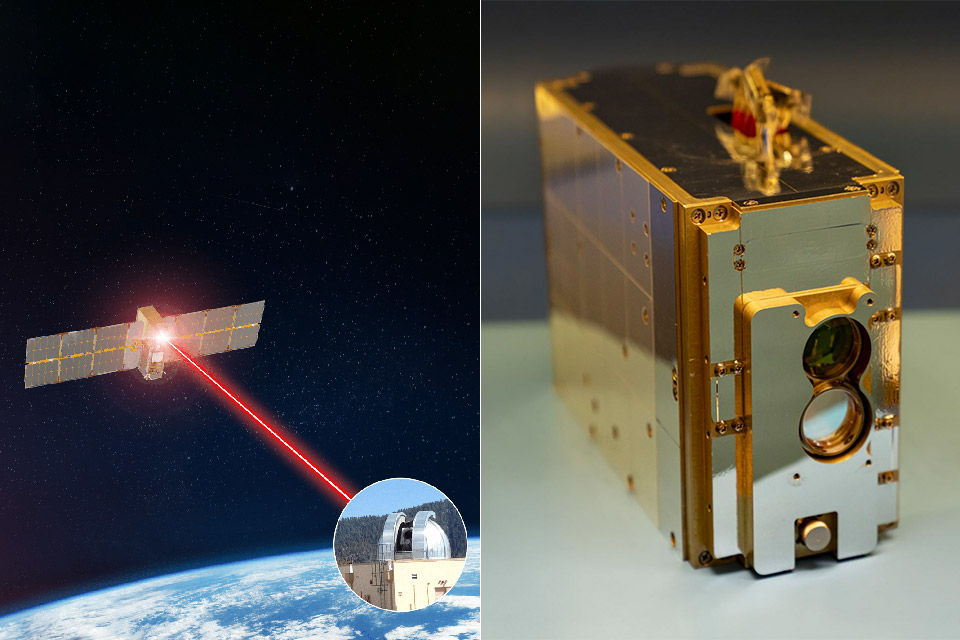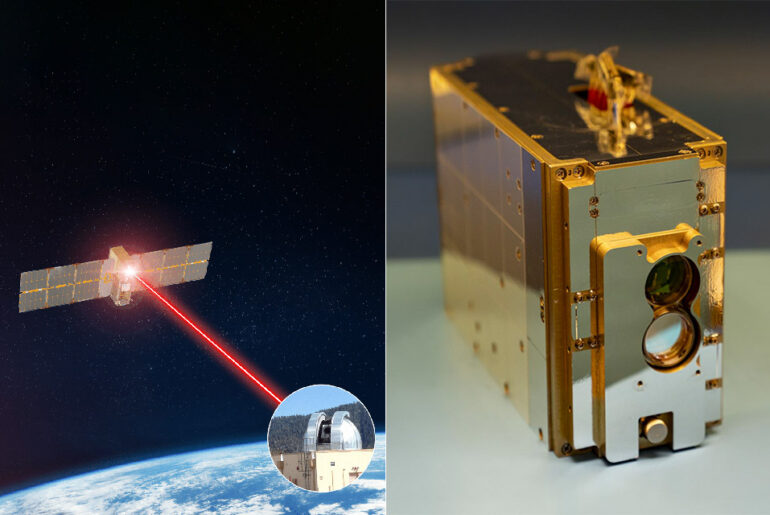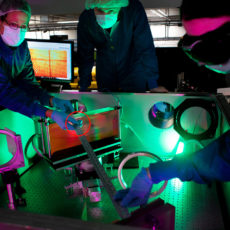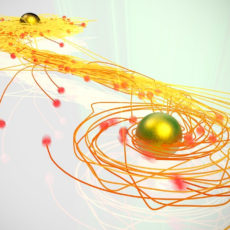
NASA’s TeraByte InfraRed Delivery (TBIRD) system, which was placed into orbit by the Pathfinder Technology Demonstrator 3 (PTD-3) satellite, achieved the fastest space-to-ground laser communications link with a 200Gbps throughput. This enables TBIRD to transmit multiple terabytes of test data to Earth during a six-minute pass over a ground station.
Laser communications allows NASA to pack more data into each transmission from space including information about whatever a scientific instrument may be studying. This could eventually lead to the discoveries that will be needed to live and work on other planets in our solar system. CubeSats such as the PTD-3 are commonly used spacecraft for testing communications technologies due to their cost-effectiveness and small size.
No products found.

Achieving 100 Gbps in June was groundbreaking, and now we’ve doubled that data rate – this capability will change the way we communicate in space. Just imagine the power of space science instruments when they can be designed to fully take advantage of the advancements in detector speeds and sensitivities, furthering what artificial intelligence can do with huge amounts of data. Laser communications is the missing link that will enable the science discoveries of the future,” said Beth Keer, the mission manager for TBIRD at NASA’s Goddard Space Flight Center.









